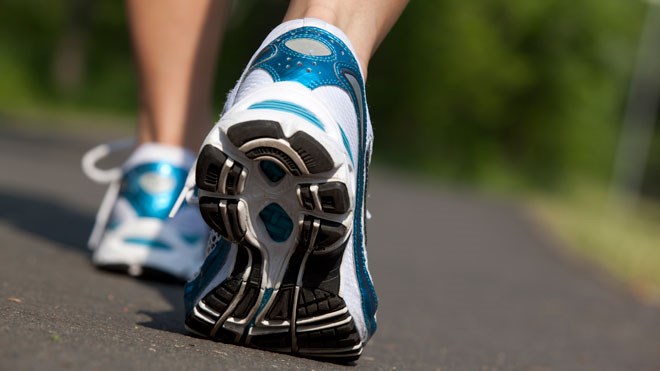Have you ever made a New Year’s resolution that only lasted a few days or weeks? Don’t worry about it — only about eight per cent of those that make resolutions actually stick to them, according to research from University of Scranton.
The New Year is always a great time to get rid of the old and bring in the new, and this year should be no different. However, what should be different is your approach to becoming healthier, wealthier and happier.
Making a goal as large as a New Year’s resolution (which is designed to last an entire year) is just too big a goal for the 92 per cent of those who tend to fail at them. If you set smaller and more realistic goals, then chances are you will be much more successful.
Charles Duhigg, author of The Power of Habit, suggests starting a “Keystone Habit” as one of the best ways to ensure success when setting a goal for change. A Keystone Habit is a repetitive action used to trigger a chain of habits – healthy habits.
It doesn’t matter how big or small your Keystone Habit is; the only thing that matters is if you can follow through with doing it every day.
When you think of the word “habit,” your mind may jump to your negative daily routines: smoking, biting your nails, eating too much junk food or procrastinating, to name a few.
But a habit can be a cue, a routine and/or a reward. Most of us focus on the routine and that is what we obsess about, Duhigg says. However, if you choose to target the cue that sparks the routine, and the reward it provides, the behaviour can be altered much more easily.
This January, try to avoid writing a long list of things you want to change about yourself.
As an alternative, add one healthy habit and stick to that habit — let it become your personal Keystone Habit. It could be as easy as making your bed every day, waking up earlier, walking at lunch, or taking five minutes every morning to plan your day.
If you start with small habits that you can incorporate into an average day, you will start to attract other habits that go along with that small habit.
Here are a few tips to help you be successful with your new Keystone Habit: Start today; focus on starting; take one habit at a time; make it clear and specific; do it once a day; don’t miss two days straight; enjoy doing it; and be accountable to someone.
You don’t need a new year to make a change, just a new day and a Keystone Habit.
Happy New Year!
Lisa Lounsbury is the founder of New Day Wellness, a corporate wellness coach, certified personal trainer, fitness leader and a nutrition and wellness specialist.
Join Sudbury.com+
- Messages
- Post a Listing
- Your Listings
- Your Profile
- Your Subscriptions
- Your Likes
- Your Business
- Support Local News
- Payment History
Sudbury.com+ members
Already a +member?
Not a +member?
Sign up for a Sudbury.com+ account for instant access to upcoming contests, local offers, auctions and so much more.
